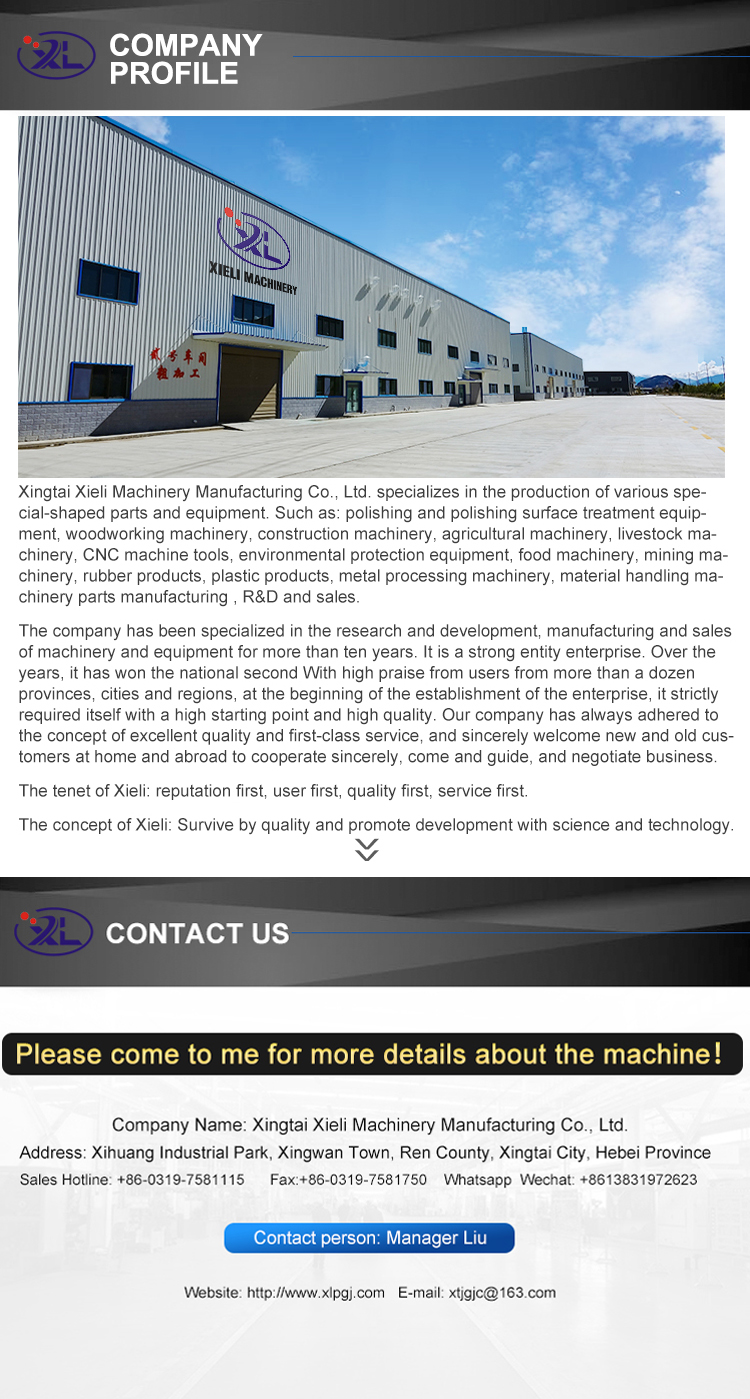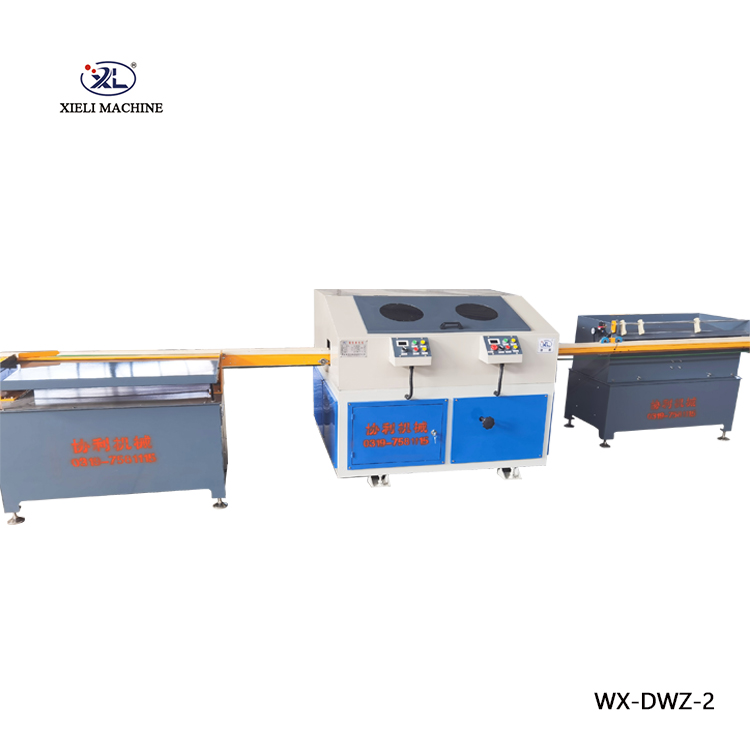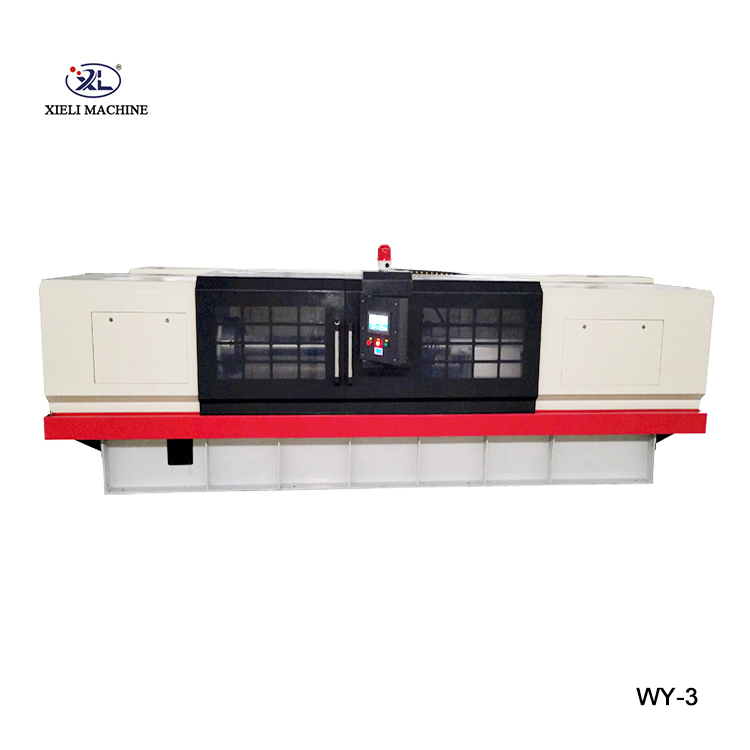Centerless Grinding vs. Centered Grinding Exploring the Differences and Applications
Grinding is a fundamental machining process used across various industries to refine surfaces, achieve tolerances, and enhance the functionality of metal components. Among the different grinding techniques, centerless grinding and centered grinding represent two distinct methodologies, each having their own advantages and applications.
Centerless Grinding An Overview
Centerless grinding is a technique where the workpiece is not held between centers but is instead supported by a work rest blade and a regulating wheel. This allows for a continuous, non-stop process that can achieve high production rates. The workpiece is positioned and held in a fixed location by the force of the grinding wheel and the regulating wheel, making it possible to grind parts to a very precise dimension without the need for any special fixtures.
One of the primary benefits of centerless grinding is its ability to handle multiple pieces simultaneously. Parts can be fed through the machine in a continuous flow, making it ideal for high-volume production environments. This method is particularly effective for cylindrical workpieces, such as rods, bars, and tubes. In addition, the absence of a need for a centered setup simplifies the machining process, allowing for less downtime and increased efficiency.
Centerless grinding also excels at achieving tight tolerances and superior surface finishes, making it suitable for applications in industries such as aerospace, automotive, and manufacturing. Parts that require precision, such as shafts and bearings, often rely on this technique for their production.
Centered Grinding Understanding the Technique
centerless grinding vs centered grinding

In contrast, centered grinding, or cylindrical grinding, involves mounting the workpiece between centers or clamping it within a chuck. This method allows for a more stable setup, as the part is securely held in place while being ground. Centered grinding is more versatile in terms of the complex geometries it can achieve, as opposed to the primarily cylindrical shapes produced by centerless grinding.
While centered grinding can handle a wide array of shapes and sizes, its process is generally slower than centerless grinding. The time taken to set up the workpiece, along with the necessary adjustments to achieve proper alignment, can lead to longer cycle times. However, centered grinding offers the ability to work on a part’s features, faces, and contours with greater precision, making it favorable for smaller production runs or unique components.
Comparative Advantages
When comparing centerless and centered grinding, the choice between them often boils down to the specific requirements of the project. For high-volume production of simple cylindrical shapes, centerless grinding is typically the preferred method due to its speed and efficiency. It minimizes the setup time and optimizes the machining process to accommodate large quantities of parts.
On the other hand, centered grinding is invaluable when precision, versatility, and the ability to grind complex features are more important than speed. It is often used in job shops or in situations where parts are produced in lower volumes and intricate details are required.
Conclusion
Both centerless grinding and centered grinding are essential machining processes that serve distinct purposes in manufacturing. Understanding their differences and capabilities allows engineers and manufacturers to make informed decisions based on their specific needs, ultimately enhancing productivity and ensuring quality in the final products. Whether choosing the high efficiency of centerless grinding or the precision of centered grinding, each technique plays a crucial role in the world of surface finishing and machining.





